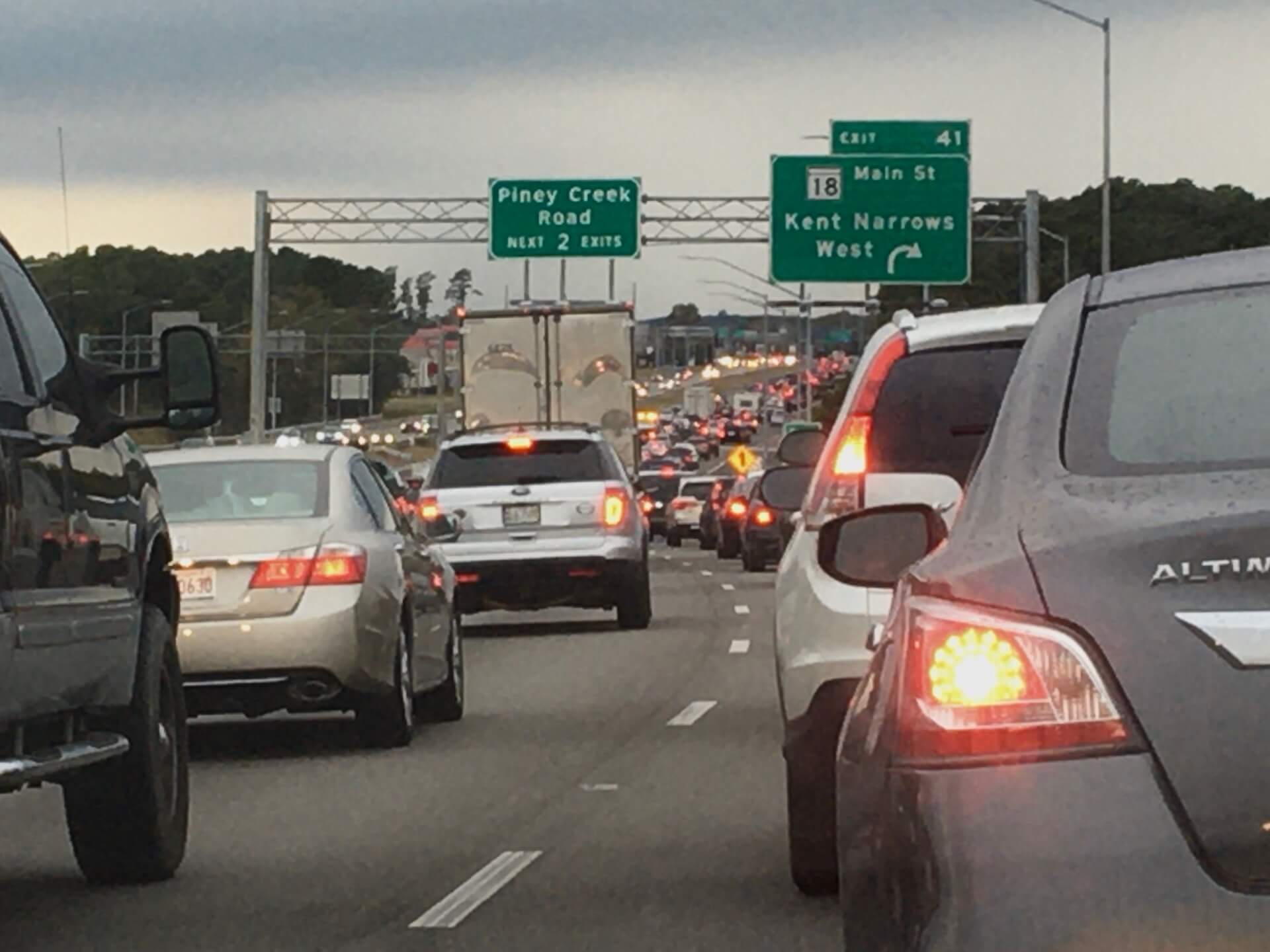Commentary: A road map for confronting the climate crisis in Md.

By Crystal Harden-Lindsey
The writer is a board member of the Central Maryland Transit Alliance.
The climate crisis isn’t on the horizon — it’s already upon us. Its effects are evident daily, impacting our communities, economy, and even national security. It’s imperative that we push our leaders to take decisive action.
Gov. Wes Moore, who has championed environmental causes, and has repeatedly demonstrated his commitment to working with and listening to communities throughout our state, can take action today to help our state, and the nation, address this crisis at the size and scope needed. He can do so by making plans to take advantage of a new rule that was recently issued by the Biden administration.
Late last year, the U.S. Department of Transportation issued a new rule that requires state departments of transportation to measure greenhouse gas emissions from the National Highway System and establish targets to lower those emissions.
The rule also mandates the targets and results be made public. This is crucial because transparency is power. It allows all of us to hold leaders accountable. We can track progress, identify shortcomings, and demand improvements.
As of now, Governor Moore has not disclosed the plan for implementing this new rule in our state. With the climate crisis escalating, there is a pressing need for action.
The fact of the matter is the transportation sector is the largest contributor to greenhouse gas emissions in the United States. The new rule establishes a framework for assessing the performance of our road networks, and we must ensure that our state measures greenhouse gas emissions from transportation and sets targets for reducing those emissions.
The Biden rule does not establish targets or regulate states’ transportation plans. Instead, each state sets its own targets and adopts its own strategies for reaching them.
With record amounts of federal funds already flowing to states thanks to the Infrastructure Investment and Jobs Act, there is no time to waste to ensure that the projects are being built to reduce harmful carbon emissions, rather than increase them.
And the good news is that there is already federal funding available for states, like ours, to reduce our greenhouse gas emissions and take full advantage of this new rule.
The bipartisan infrastructure law, signed last year, is a historic bill and this new action by the federal Department of Transportation will support its goals not only of creating jobs, rebuilding the nation’s crumbling infrastructure and investing in transit but also of helping to combat climate change.
The other reason to act with urgency is because we know Big Oil is doing everything they can to stop implementation of this rule and will almost certainly join with Republicans to challenge this new rule in court in an attempt to have it overturned. But if states, like ours, move quickly to implementation and set ambitious goals now, it will be a lot harder for Big Oil. It’s always harder to repeal or rollback plans after states have already started, than it is to stop them before they’ve even begun.
The benefits of this rule are clear. With the information the rule will bring to light, states can make wiser transportation investments. Environmentally, that would mean cleaner air and tangible steps towards tackling climate change. Economically, that could encourage investment in public transportation, discourage expansion of greenhouse gas producing highways and roads, and promote innovation in green technology to decrease highway pollution. Health-wise, smarter transportation investments would reduce emissions, which means fewer air quality-related health issues, especially in communities of color where the impact of our current carbon footprint is felt the most.
We know this plan and process works. There are already numerous examples from states, including California and Colorado, that have adopted similar measures and provide a road map for emission reductions with a stated goal of reducing the amount we all need to drive.
We are hopeful that the Moore administration will do the same. And ensure our state leads when it comes to tackling the climate crisis.




 Creative Commons Attribution
Creative Commons Attribution